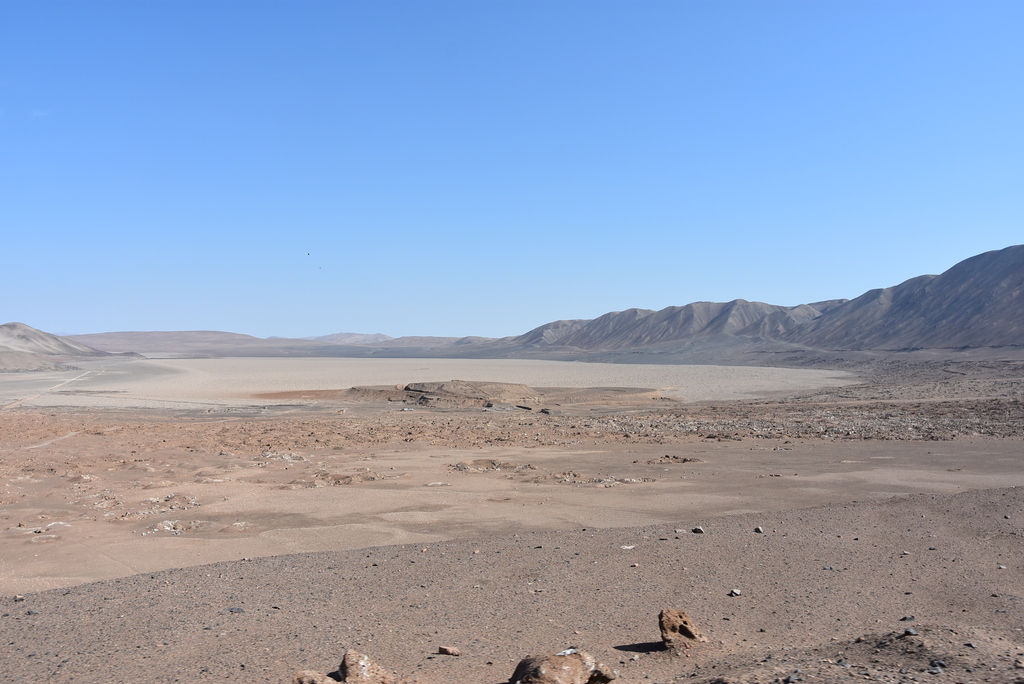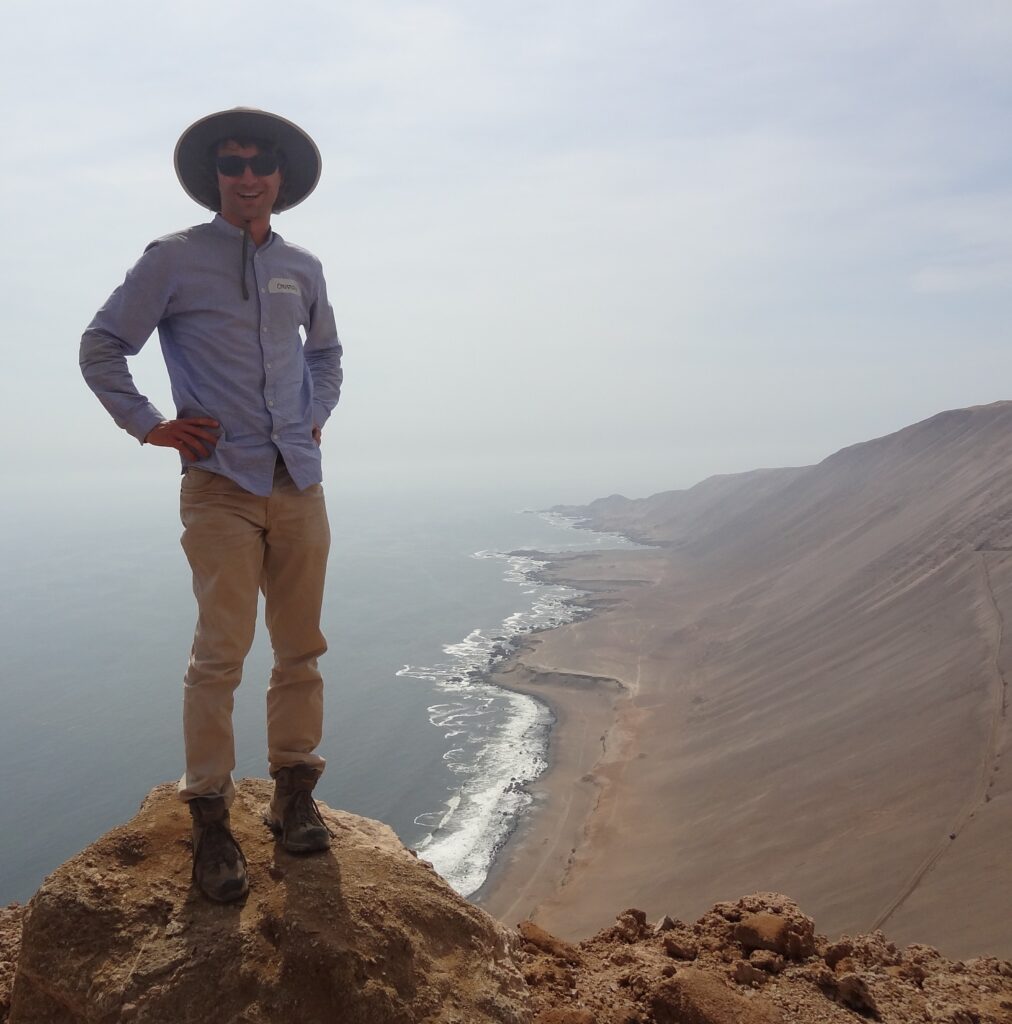The Atacama Desert is the driest place on Earth aside from the poles with annual rain rates below 2 liters per square meter. For comparison, Cologne, Germany, receives around 800 liters of precipitation per square meter each year. The water delivered to the Atacama through the very rare rain events takes a surprising path. It originates from the moisture pool above the tropical rain forest of the Amazon Basin, travels more than 2000 km including a crossing of the Andes and reaches the Atacama from the northwest.


The water is transported in filamentary structures at roughly 4 km height which are called moisture conveyor belts. These weather phenomena cause about 40% to 80% of the total precipitation in the Atacama. About four moisture conveyor belts make landfall along the coast of the Atacama each year. While some bring only very little precipitation to a limited region, some can result in strong flooding events or trigger major biological outbursts. For instance, in June 2017 a moisture conveyor belt brought over 50 liters of rain per square meter which exceeds the tenfold annual rate. In other words, it is a decade worth of rain within a couple of hours. A few weeks later, the spectacular blooming desert enchanted scientists and tourists.
Such extreme events typically leave traces in the landscape for thousands of years. The findings of our study will affect the interpretation of geological archives which reflect on such traces. The improved understanding of current water supply mechanisms will help to reconstruct climate history more genuinely which is one of the major goals of the Collaborative Research Center 1211: Earth – Evolution at the dry limit.
